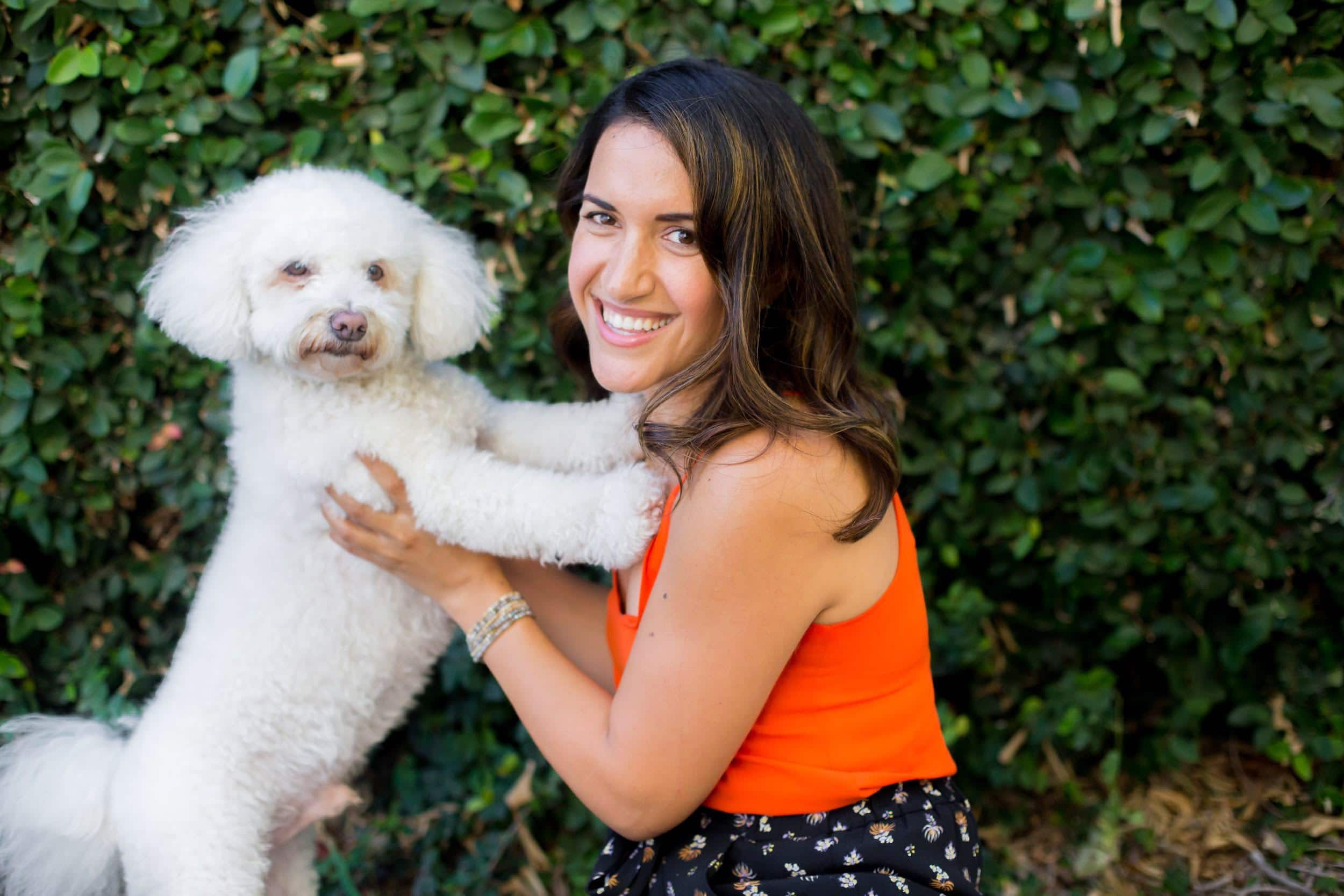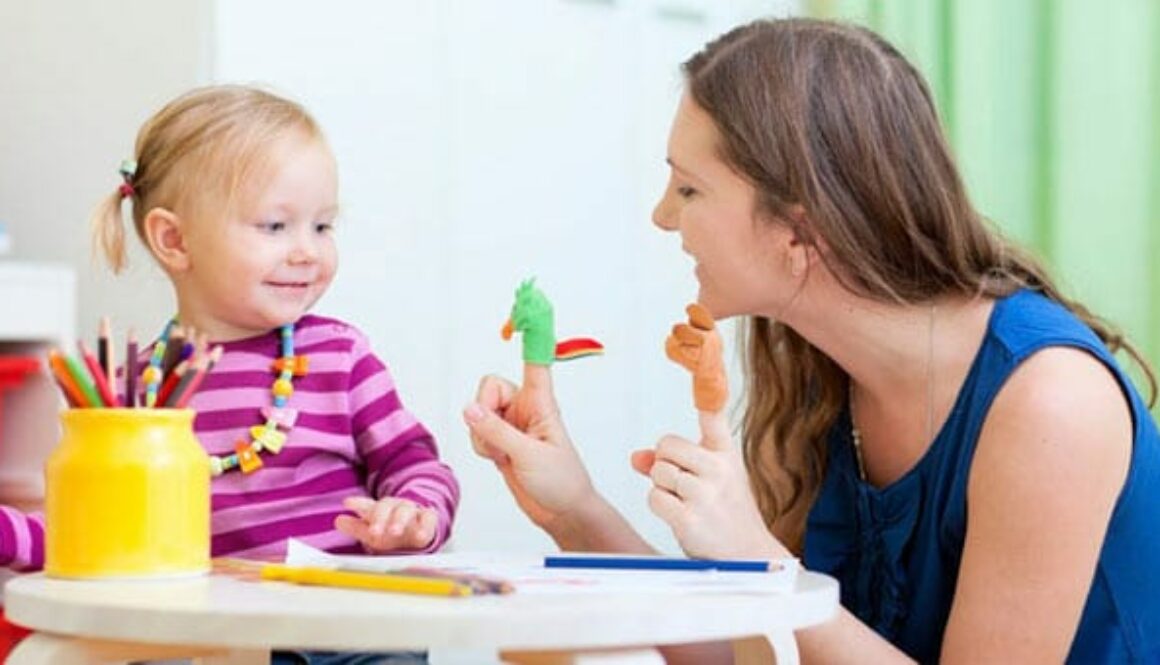Communication and Behaviors
Communication comes in so many forms. Nonverbal communication includes our body language, eye contact, signs, gestures, and so much more! Verbal communication includes babbling, spoken words, and the use of a device,
When our little ones are experiencing communication delays and differences, this can have a ripple effect into many areas of their life.
Let’s look at a couple of examples:
Story 1: Little Johnny is on the playground. He is talking to his friends but his friends just can’t understand what he is saying, so they don’t really engage with him and after a few minutes they go onto play something else without Johnny. This keeps happening to Johnny over and over again, and so he begins to get sad and frustrated. He starts to avoid and withdraw himself from social situations, and starts playing by himself. When he talks at home to his parents, they sometimes don’t understand him either, so he keeps repeating himself until eventually he gets so upset, that he throws his toy car. Johnny’s speech delay is not only impacting his communication development, but it is also impacting his social and emotional development as well.
Story 2: Maggie is 5 years old. She has difficulty following directions and doesn’t use many words to express her wants, needs, thoughts and feelings. Maggie has been going to speech/language therapy since she was 3. There are 20 children in Maggie’s class and when the teacher gives the direction “clean up your snack, go wash your hands and get in line for recess,” Maggie only got the first part “clean up your snack.” She doesn’t yet have the words to ask her teacher for help or for a repetition, so Maggie feels lost and she begins to feel frustrated that all the other kids are doing something else. She begins to lose confidence because she compares herself to her peers. This delay in understanding and using language (also known as receptive and expressive language) is not only impacting Maggie’s communication, but it is having adverse impacts on her academic learning, social development and emotional development.
You can see from the examples above, that when a child has difficulty being understood (due to speech sound errors, fluency, rate of speech, vocal volume, etc.) this leads to frustration, withdrawal/isolation, etc. which may have adverse effects on behavior, social and emotional development. When a child has difficulty understanding language (receptive language), this may lead to behavior challenges, negative impact on learning, and social/emotional development. Additionally, when a child has difficulty producing language (expressive language), this tends to have big impacts on a child’s overall development and behavior. For example, a toddler that is communicating through pointing and gesturing but the parent cannot always determine the child’s needs, begins to feel frustrated as they are not feeling seen, heard and understood. This leads to behavior challenges (i.e. tantrums, throwing, hitting, etc.) as the child is communicating but their needs are not being understood/acknowledged. Again, this may have later effects on learning, as well as social/emotional development.
Children that are not understood by others tend to “give up” as they feel like nobody will understand them. Some express their frustration through kicking, screaming, or hitting. This is why it is important to connect to our children’s need and give less focus to their behavior. Providing children with the tools to effectively communicate, as well as guiding parents on how to great more opportunities for communication and connection is key!
Some tips include:
- Gain attention
- Provide choices
- Break things down (directions or your own language)
- Provide natural reinforcement and connection
- Acknowledge & Validate
- Create space
- Create opportunities
Often times, when there is a speech, language and communication deficit, we see impacts on learning, emotional development, social development, and behaviors. I believe a big reason for this is because instead of connecting to the expression we are focusing on the behavior.
Remember, instead of focusing on the behavior (“I said NO kicking!”), try connecting to your child’s expression and feelings (“I see that you are feeling frustrated right now, do you want your cars or blocks”-while holding up a car and block so that your child can point and show you their wants/needs).
Connection in communication is key and starts within the womb!
To find out more tips and ways to connect with your little one’s journey self-expression, book a parent coaching session with me today
Book a Parent Coaching Session

Sholeh Shahinfar, MA, CCC-SLP, RYT
Sholeh Shahinfar is the founder of Valued Voices, and a licensed Speech Language Pathologist, Child Communication Specialist and Certified Oral Motor Therapist. She is passionate about uplifting children’s voices in the world and inspiring self-expression. In her free time, she loves going to the ocean, exploring nature with her pup Kobe, and spending time with her family and friends!
